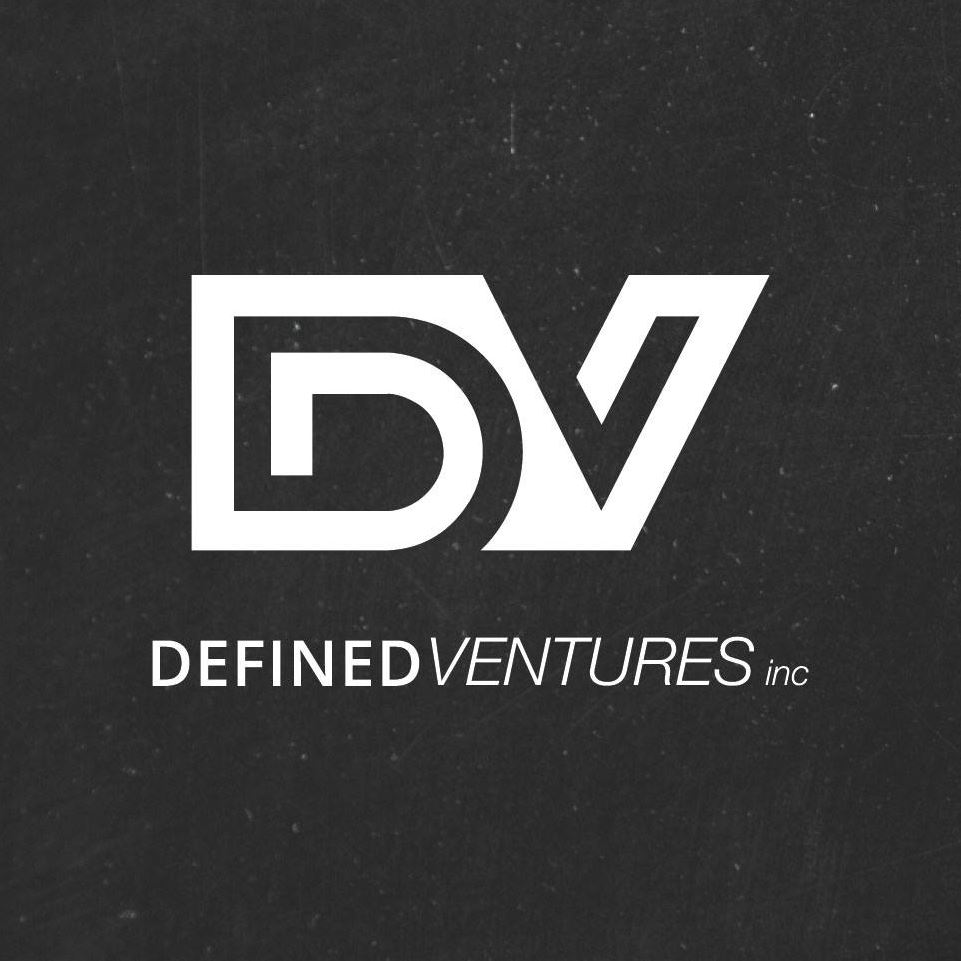Data: no matter what industry you’re in, it’s the single-most important source of information you have. Through data, we determine who to hire, where to allocate resources, what’s working, and what’s failing so we can adapt, change, and move into the future with a positive outlook. But it isn’t just the hard data that matters; how we access, use, and analyze it matters, too – that’s where data visualization comes in.
In this article, we’ll break down each stage of the data visualization process to help you better understand how to make data work for you, not against you.
Data Collection
Data collection is quite possibly the most important part of this process; without it, there’s no data to discuss in the first place. But this step is about much more than just gathering data, it’s also about how, where, when, and why you collect your data in the first place. Careful analysis of the situation, identifying all potential data channels, and determining exactly how to collect the data all takes place within this first critical step.
Exactly where your data will come from depends on the nature of your business. Potential sources includes (but is not limited to):
- Referrals or testimonials.
- Emails or calls.
- Company reports.
- Contacts/interactions.
- Public resources like Data.gov.
- Social media integrations.
- Questions asked of your clients.
- Real-time behavioral tracking.
- Service or sales records.
- Website activity or traffic.
- Demographic databases (in house or public).
A lawyer, for example, may collect and analyze data like success rates from cases, while a telecommunication company would have no use for such information. Instead, they’d track account length and customer satisfaction. What is most important is that you identify which of your available sources is most useful to your business (and which is superfluous).
Sorting & Organizing Data
After deciding which big data sources to use, and beginning to collect data, that data must be organized, sorted, and stored in a way that makes sense. First, the data must be reviewed and filtered to remove unnecessary extras or information (this is called “cleaning.). After the data is cleaned, it must be structured to fit your business needs.
Because most businesses rely on either software or spreadsheets at this point, this step often includes reformatting the data for compatibility with the software. Others may create in-depth databases with categories, tags, groups, or subfolders to address very complex data.
In some cases, this step may also include optimizing your data – doing a short analysis to decide whether everything you have is really necessary or not. This should take place before optimization and structuring, but should happen again directly afterward to ensure ideal results.
If this step seems large, there’s a good reason for it: research shows proper data structuring can significantly impact the data’s usefulness later on. What is most important is that the step takes a bulk amount of raw data and turns it into something that you can further analyze without needing to “untangle the knot” first.
Deep Data Mining
After organization and structuring, data becomes immensely easier to work with. Because it is laid out in a structure that makes sense (either to you or the software platform), you can begin to run searches or parse the data using sophisticated formulas or mining methods.
At its simplest, deep mining includes running very specific queries or searches against the data (e.g., using keywords). In advanced or complex technical industries, deep mining can become deeply complex and even require the services of a specialized data mining or management professional. Companies who deep mine a very large volume of data use a combination of data indexing, data centers, IT professionals, data visualization experts and technologies like columnar databases, in-memory analytics, and data warehouses for efficiency.
Data Visualization & Formatting
Deep mining brings forth gems of information from what would otherwise be little more than numbers, letters, or mass data, but it still isn’t really useful for visualization just yet. First, it must be formatted for visualization. This may include:
- Simple conditional formatting in Excel.
- Charting (e.g., pie, line, graph, histogram, scatter).
- Table creation (with or without specific formula.
- Some other form of interactive data mapping.
Data visualization is all about finding connections and correlations you may have otherwise missed in alphanumerical data. To that end, it’s extremely important that businesses choose the right kind of visualization for the data they’re working with.
Interacting With Data
By far, the most common type of visualization today is still charting – it’s remained a steadfast part of data analysis for decades. But how we chart is changing. Rather than relying on paper graphs or even simple excel charts, newer programs can analyze, display and continuously update charts in real-time. That interaction level is critical for businesses, who now have a constant visual confirmation of everything from day-to-day sales to fluctuations in chemicals used during a manufacturing process.
Some newer platforms take this a step further, providing you with a visual interface from which you can quite literally “surf through” and grab data as-needed. These platforms let you generate infographics, year-end reports, specialized investigations, and in some cases, even explore data from within virtual reality environments instead.
But why visualize? What is it that makes seeing data in another format so useful? The answer to these questions has to do with the human mind and pattern recognition. We’re simply better at identifying and mentally processing data when we can see it visually with our own eyes.
President and founder of DVI, Aaron Boerger realized early in life that he had a unique combination of x-ray vision and business acumen for seeing the weaknesses that held businesses back – and the ability to define the right tools, technology and strategy to make them stronger.
From founding a successful technology support business in his early teens, to serving as Chief Operating Officer for several companies in the financial, technology and marketing industries, Aaron has developed a reputation for reinventing technology implementation tactics – and the willingness to tell people not what they want to hear, but what they need to hear, in order to achieve success without overwhelm.
Aaron will always go the extra mile to provide the accountability and support his clients need to achieve their goals, yet isn’t afraid to tell them when they are doing something wrong.

